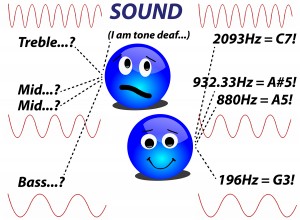– Science will save your Life, but it may forget about your Soul – Dear Experts, Congratulations, you have scared the world senseless. Has it been worth it, turning the whole globe over its head and back, and then shaking it around a bit more? And if it has, who do you think it’s been worth it for the most? The lone, isolated and “plugged-away” individual perhaps? Or the businessman that is making that individual’s life convenient, entertained and distracted?
You have convinced us that we are born to be sickly for as long as we breathe, and that you also happen to have the perfect cure. You have convinced us that we, yet again, seem to take a liking to the idea of living in a world of segregation and that we can use our own democracy to vote it in. And while people distract themselves in arguing, our governments, politicians and everyone else supporting this world-wide movement are just like any true war profiteer, cashing in – cashing in so they can build us an even better future. So the claim goes. Of course, we used to have wars in trenches with fingers pulling triggers, now they are in people’s bedrooms, with fingers trolling social threads. All the while, the world is being promoted to be in some form of perpetual state of emergency.

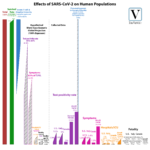
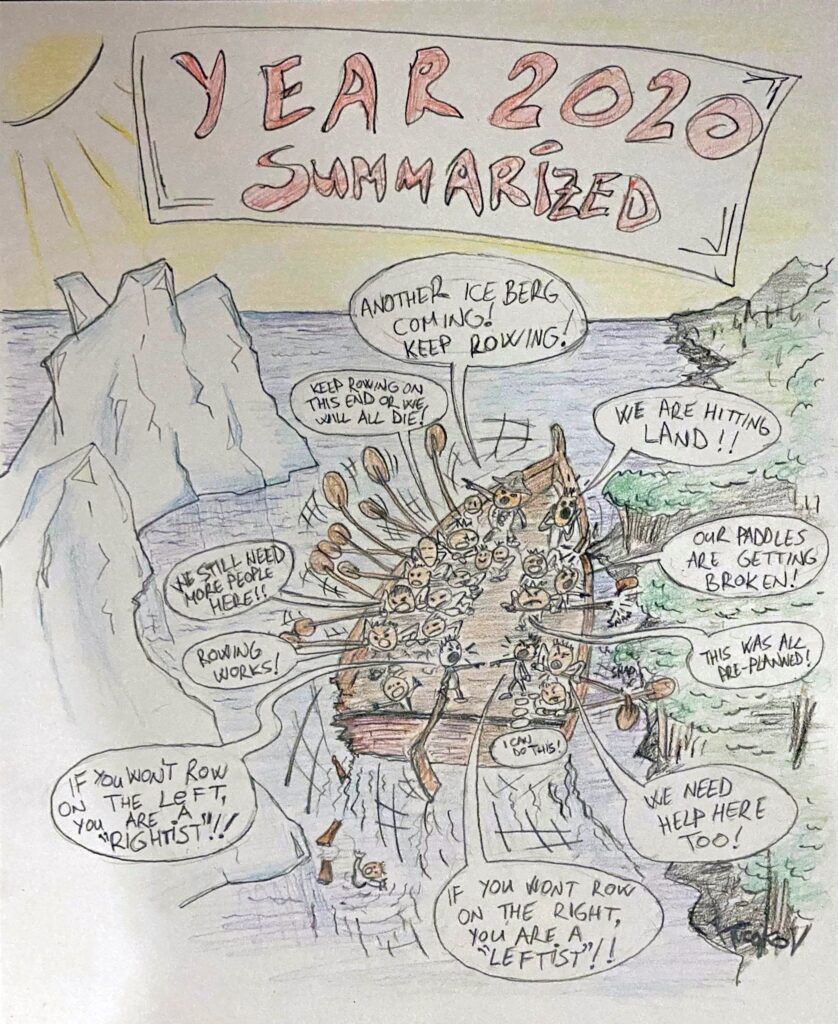
 It has been exactly one year since I posted the
It has been exactly one year since I posted the 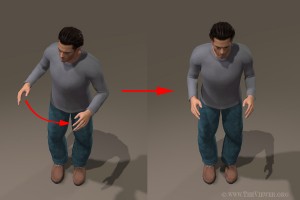 He told me to watch for any gesture that would resemble that twist and mainly to notice when the sore muscle (which was even more sore now that he worked on it) would get engaged. That would be an indicator that I am doing it again. Some of my guesses included guitar playing or often wearing a bag on the same shoulder, but things didn’t get fully clear until I got back to my computer’s work desk.
He told me to watch for any gesture that would resemble that twist and mainly to notice when the sore muscle (which was even more sore now that he worked on it) would get engaged. That would be an indicator that I am doing it again. Some of my guesses included guitar playing or often wearing a bag on the same shoulder, but things didn’t get fully clear until I got back to my computer’s work desk. 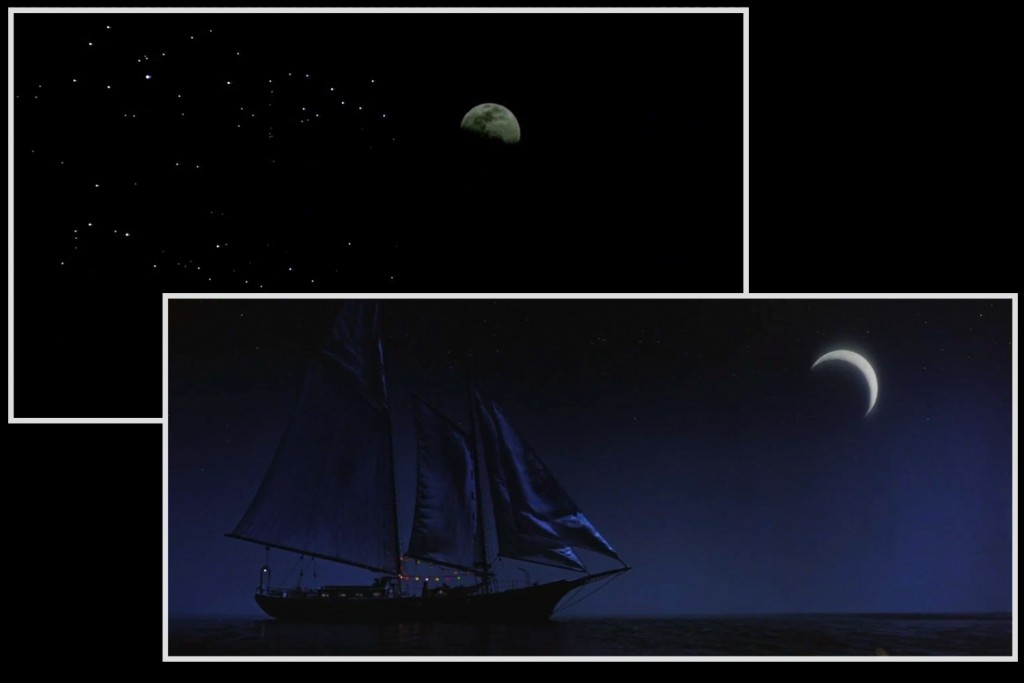 The Moon scenes in the picture are from two popular Hollywood movies. The lower one is from the movie “Joe Versus the Volcano” with Tom Hanks and Meg Ryan and the second one is from the classic “Lawrence of Arabia”.
The Moon scenes in the picture are from two popular Hollywood movies. The lower one is from the movie “Joe Versus the Volcano” with Tom Hanks and Meg Ryan and the second one is from the classic “Lawrence of Arabia”.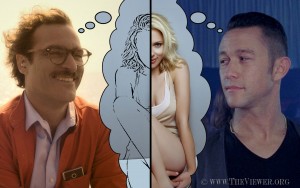 What does Jon’s girlfriend Barbara in the movie Don Jon have in common with Theodore’s girlfriend Samantha in the movie “her”? Nothing really. Except that Scarlet Johanson plays the girlfriend role in both movies. These two female characters are in fact, total polar opposites of one another.
What does Jon’s girlfriend Barbara in the movie Don Jon have in common with Theodore’s girlfriend Samantha in the movie “her”? Nothing really. Except that Scarlet Johanson plays the girlfriend role in both movies. These two female characters are in fact, total polar opposites of one another. Dr. Marshall Rosenberg created one of the best communication tools that I have come across to date called Non-Violent Communication. Since I started using it about a decade ago it has completely changed my world. In this journey I have also had difficulty with NVC. I have met people who really struggled with it and got discouraged from using it and some for whom it worked very well for. On my journey, I identified a collection of pitfalls and terminology misunderstandings in NVC usage people often find themselves in. Below is a collection of “rules of thumb” that have helped me use NVC in more connecting and effective way.
Dr. Marshall Rosenberg created one of the best communication tools that I have come across to date called Non-Violent Communication. Since I started using it about a decade ago it has completely changed my world. In this journey I have also had difficulty with NVC. I have met people who really struggled with it and got discouraged from using it and some for whom it worked very well for. On my journey, I identified a collection of pitfalls and terminology misunderstandings in NVC usage people often find themselves in. Below is a collection of “rules of thumb” that have helped me use NVC in more connecting and effective way.